We deliver superior support. Our engineers are trained to handle your issues and tailor every response to your specific needs. In addition to phone and email support, LINBIT can login, troubleshoot, and provide performance tuning directly with you, on your systems, via SSH or VPN access.
| DRBD | 8.3 and up |
| LINSTOR | 0.7.5 and up |
| Pacemaker | 1.0.11 and up |
| Heartbeat | 3.0.5 and up |
| Corosync | 2.x and up |
| DRBD Releases | Active Maintenance | End of Support |
| 8.0.0–8.0.16 | Mar 2006 – Mar 2009 | 2018 |
| 8.3.0–8.3.16 | Nov 2008 – Sep 2013 | 2022 |
| 8.4.0–8.4.12 | Dec 2010 – Jul 2019 | 2026 |
| 9.0.0–9.0.32 | Jun 2011 – Dec 2021 | 2030 |
| 9.1.0–9.1.23 | Feb 2021 – Nov 2024 | 2034 |
| 9.2.0– | Oct 2022 | 2036 |
Our repositories cover every major distribution/OS. We can typically build new packages for your specific kernel version within 24–48 hours.
We package and support all of the software you need to keep systems up and running. In addition to DRBD® we will build and service: Resource Agents, Pacemaker, Corosync, Heartbeat, LINSTOR® and a variety of STONITH devices.
If your deployment requires support for distributions/OSs not listed here, contact us
| Pacemaker Version | End of Support |
| Heartbeat | July 2024 |
| Pacemaker 1.0.x | December 2020 |
| Pacemaker 1.1.x | July 2024 |
| Pacemaker 2.0.x | June 2032 |
| Pacemaker 2.1.x | June 2035 |
LINSTOR is a young project and is developing fast. Each release of LINSTOR comes with carefully tested migration scripts for the database. We recommend updating to the latest LINSTOR release at least once a year. Also, LINSTOR is not in the data path, and therefore can be updated easily. No scheduled downtime for the services (VMs, containers) is required to upgrade LINSTOR to the latest version.
We guarantee that new LINSTOR releases will work with Java-8 until March 2022. From April 2022 we will require Java-11 as runtime.

NEED TO GET IN TOUCH WITH THE TEAM? WE’RE ALL EARS!
As the world’s leading provider of Software-Defined Storage, High Availability, and Disaster Recovery software, LINBIT adds server clustering capabilities to any containerized, virtualized, or bare metal environment.
Copyright © 2025 LINBIT
All rights reserved. The words LINSTOR®, DRBD®, LINBIT®, and the logo LINSTOR®, DRBD®, and LINBIT® are trademarks or registered trademarks of LINBIT HA-Solutions GmbH.
By completing payment, you agree to allow your credit card to be charged the amount indicated above for access to LINBIT certified binaries.